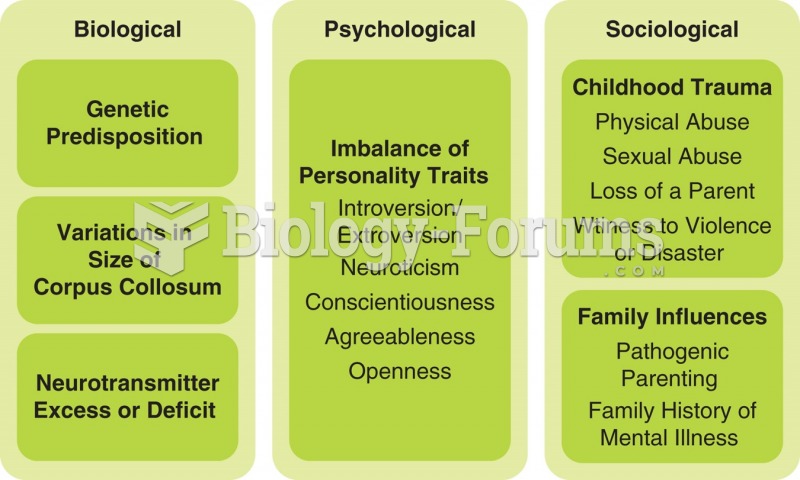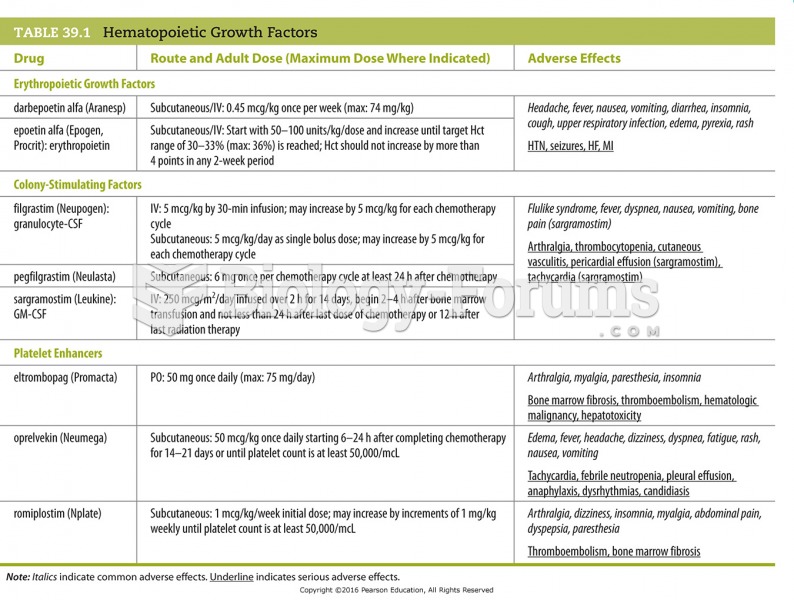Answer to Question 1
Coltrane notes several factors that contribute to the division of household chores (2000 ):
Women's Employment: When there are two wage earners in the family, these couples tend to share household tasks more than those couples where only one spouse works. In essence, the empirical evidence finds that the more hours a woman works outside the home, the more men share in household tasks.
Men's Employment: Men who work fewer hours outside the home tend to pitch in more around the house and with childrearing responsibilities. Though the research yields mixed results, in general it appears that White and African- American unemployed males do a substantial amount of housework.
Earnings: Women who earn more money benefit from more shared divisions of household tasks. Additionally, if their spouses do not share the tasks, these women will simply hire someone outside of the home to perform the household labor.
Education: In households in which one or both spouses have high education levels (i.e., a college degree or a postgraduate degree), women tend to perform fewer household tasks and are more likely to hire outside help to render services such as house cleaning. Men with high education levels tend to engage in more household labor. Additionally, children in such households are less likely to assist with household chores.
Presence of Children: When children enter the marriage (and change the family dynamic), household labor is less frequently shared evenly between the marital partners and the woman assumes the majority of housework, along with the responsibilities of childrearing. While this is partially due to the aforementioned socialization and established ways of thinking, some men may increase their work hours after the birth of the first child for economic reasons and simply have less time for household work and childrearing responsibilities.
While gender appears to be an important factor that dictates generally who does what housework and how often, the research does seem to indicate that the division of labor along traditional gender roles is slowly giving way to changing roles of men and women in contemporary society. This is a ray of hope for those who struggle with balancing marital and parenting roles, because as Coltrane (2000 ) concludes, We now know that when men perform more of the routine household work, employed women feel that the division of labor is fairer, are less depressed, and enjoy higher levels of marital satisfaction
Answer to Question 2
(d)







